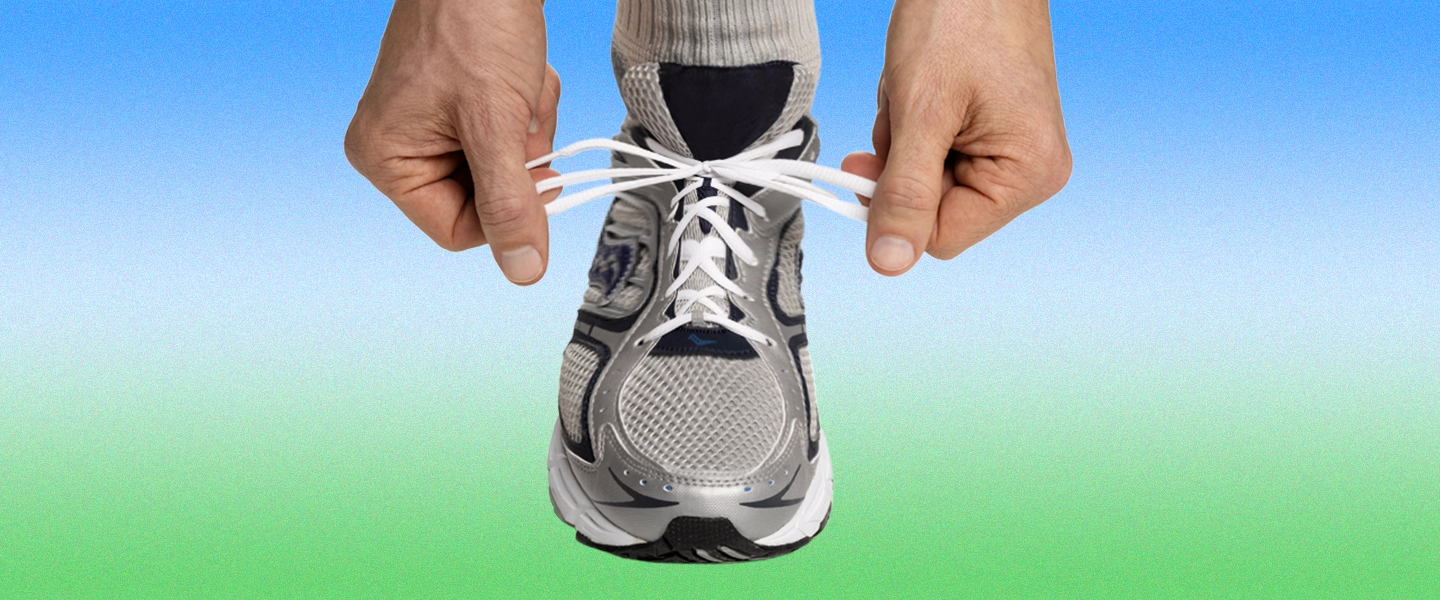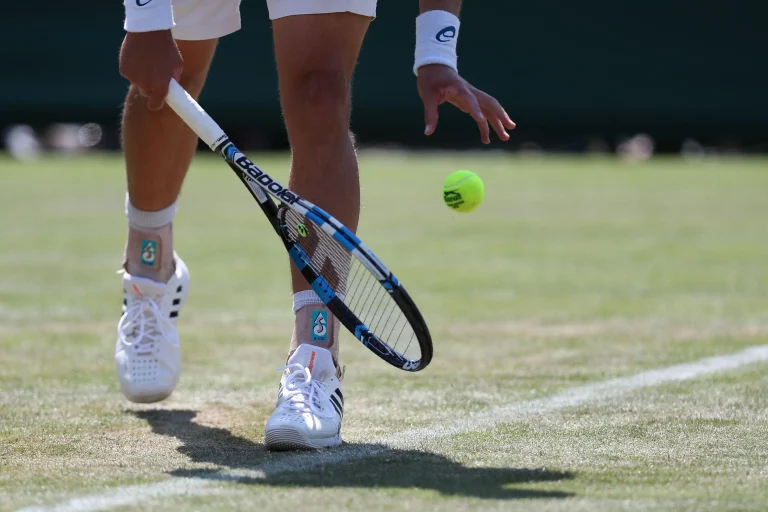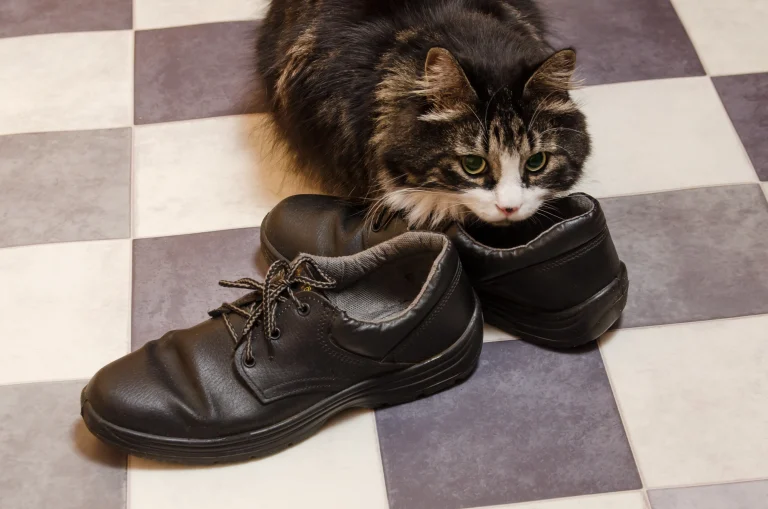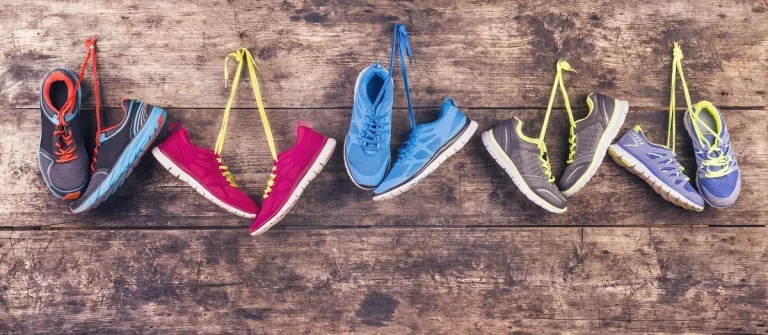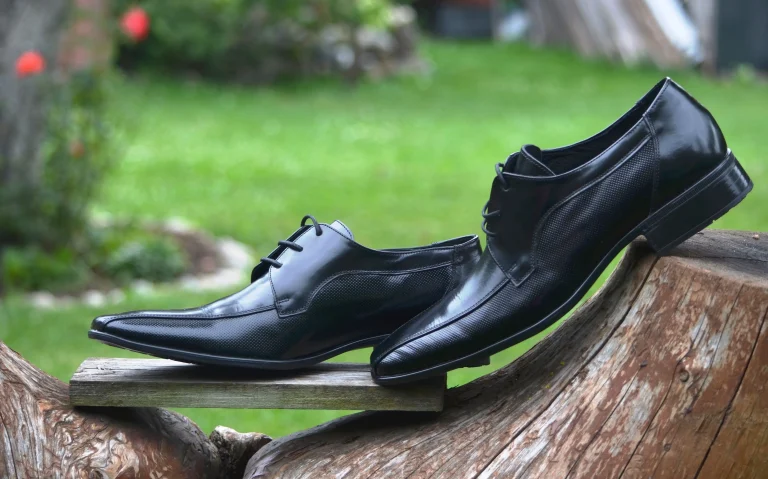Are Running Shoes Supposed to Be Tight? A Unique Guide
When it comes to choosing the right pair of running shoes, one of the most common questions runners face Are running shoes supposed to be tight?
This question doesn’t have a straightforward answer, as the ideal fit can vary based on individual preferences, running styles, and foot types.
In this comprehensive guide, we’ll delve into the factors that determine the best fit for running shoes, explore the balance between tight and loose fits, and provide insights to help you make an informed decision.
Introduction
Running is a highly popular form of exercise and sport, enjoyed by millions around the world. Whether you’re a casual jogger or a competitive marathoner, the right pair of running shoes can make all the difference. A critical aspect of choosing the right shoes is ensuring they fit properly. But are running shoes supposed to be tight? Let’s explore this question in depth.
Understanding the Importance of Proper Fit
The fit of your running shoes can significantly impact your performance and comfort. Properly fitted shoes help prevent injuries, enhance running efficiency, and provide the necessary support for your feet. Conversely, ill-fitting shoes can lead to discomfort, blisters, and more severe foot problems.
Key Factors in Determining Fit
Foot Type and Shape
Your foot type and shape are crucial in determining the fit of your running shoes. There are three main foot arch types:
- Flat Feet: Low arch, requiring more support and stability.
- Neutral Arch: Normal arch, allowing for a balanced distribution of pressure.
- High Arch: High arch, needing extra cushioning to absorb impact.
Each foot type requires different shoe features to ensure a proper fit.
Running Style
Your running style, including your gait and pronation, also influences shoe fit. Pronation refers to the way your foot rolls inward when you run. There are three types of pronation:
- Overpronation: Excessive inward roll, requiring stability shoes.
- Neutral Pronation: Normal roll, suitable for neutral shoes.
- Underpronation (Supination): Insufficient inward roll, needing cushioned shoes.
Understanding your pronation type helps in selecting shoes that provide the right support and fit.
Distance and Terrain
The distance you run and the terrain you cover play a role in determining the fit of your running shoes. Long-distance runners may need shoes with more room for swelling, while trail runners require shoes with a secure fit to navigate uneven surfaces.
Tight vs. Loose: The Debate
Are Running Shoes Supposed to Be Tighter?
Running shoes should not be excessively tight. A snug fit is ideal, but there should be enough room for your toes to move freely. A too-tight shoe can lead to discomfort, blisters, and restricted blood flow.
Are Running Shoes Supposed to Be Tight or Loose?
The answer lies in finding a balance. Running shoes should be snug enough to provide support but not so tight that they cause discomfort. They should not be too loose, as this can lead to instability and friction-related issues.
Signs of a Properly Fitted Running Shoe
A properly fitted running shoe will have the following characteristics:
- Toe Room: There should be about a thumb’s width of space between your longest toe and the front of the shoe.
- Snug Midfoot and Heel: The shoe should hug your midfoot and heel securely without causing discomfort.
- Minimal Heel Slip: Your heel should not slip excessively when you run.
- Comfortable Arch Support: The shoe should provide adequate arch support based on your foot type.
Consequences of Improper Fit
Issues with Too Tight Running Shoes
Wearing running shoes that are too tight can lead to several problems:
- Blisters and Calluses: Excessive friction can cause blisters and calluses.
- Restricted Blood Flow: Tight shoes can restrict blood circulation, leading to numbness and tingling.
- Toenail Issues: Constant pressure can result in black toenails or even toenail loss.
- Foot Pain: Tight shoes can cause pain in the arches, heels, and balls of your feet.
Issues with Too Loose Running Shoes
Conversely, shoes that are too loose can also cause issues:
- Instability: Loose shoes can lead to a lack of stability, increasing the risk of sprains and falls.
- Blisters and Hot Spots: Excessive movement within the shoe can create friction, leading to blisters and hot spots.
- Lack of Support: Loose shoes may not provide the necessary support for your feet, causing strain and discomfort.
How to Find the Right Fit?
Measuring Your Feet
To ensure a proper fit, start by measuring your feet. Visit a specialty running store where they can measure your feet accurately and assess your arch type and pronation.
Trying on Shoes
When trying on running shoes, keep the following tips in mind:
- Wear Running Socks: Wear the socks you usually run in to get an accurate fit.
- Try on Both Shoes: Feet can vary in size, so try on both shoes and walk or jog around the store.
- Check for Immediate Comfort: Shoes should feel comfortable right away; they should not require a break-in period to feel good.
Breaking in Your Shoes
While running shoes should feel comfortable immediately, a brief break-in period can help you adjust to them. Start with short runs and gradually increase the distance to allow your feet to adapt.
Expert Tips for Ensuring the Best Fit
Here are some expert tips to help you find the perfect fit for your running shoes:
- Shop in the Afternoon: Feet tend to swell throughout the day, so shop for shoes in the afternoon when your feet are at their largest.
- Consider Orthotics: If you have specific foot issues, custom orthotics can help provide additional support and improve fit.
- Replace Shoes Regularly: Running shoes lose their cushioning and support over time. Replace them every 300-500 miles to maintain optimal performance.
- Listen to Your Body: Pay attention to any discomfort or pain when running. It could be a sign that your shoes are not fitting properly.
Frequently Asked Questions
Q: Are running shoes supposed to be tighter or looser than regular shoes?
A: Running shoes should fit snugger than regular shoes but not be excessively tight. There should be enough room for your toes to move comfortably.
Q: How do I know if my running shoes are too tight?
A: If your shoes cause discomfort, blisters, numbness, or foot pain, they may be too tight. Ensure there is enough room in the toe box and that the shoes do not constrict your feet.
Q: Is it better for running shoes to be tight or loose?
A: Neither extreme is ideal. Running shoes should be snug enough to provide support but not so tight that they cause discomfort. They should not be too loose, as this can lead to instability and friction issues.
Q: Should running shoes be a tight fit?
A: Running shoes should be a snug fit, offering support without causing discomfort. A tight fit can lead to various foot problems, while a loose fit can cause instability.
Conclusion
Finding the perfect fit for your running shoes is essential for comfort, performance, and injury prevention.
While running shoes should be snug, they should not be excessively tight. Aim for a balance that provides support and allows for natural foot movement.
By considering factors such as foot type, running style, and terrain, you can select shoes that enhance your running experience. Remember, the right fit is key to enjoying your runs and achieving your fitness goals.
By focusing on these aspects and addressing common questions, this guide aims to provide valuable information to runners seeking the best fit for their running shoes.
Remember, a well-fitted pair of running shoes can make a world of difference in your running journey.

